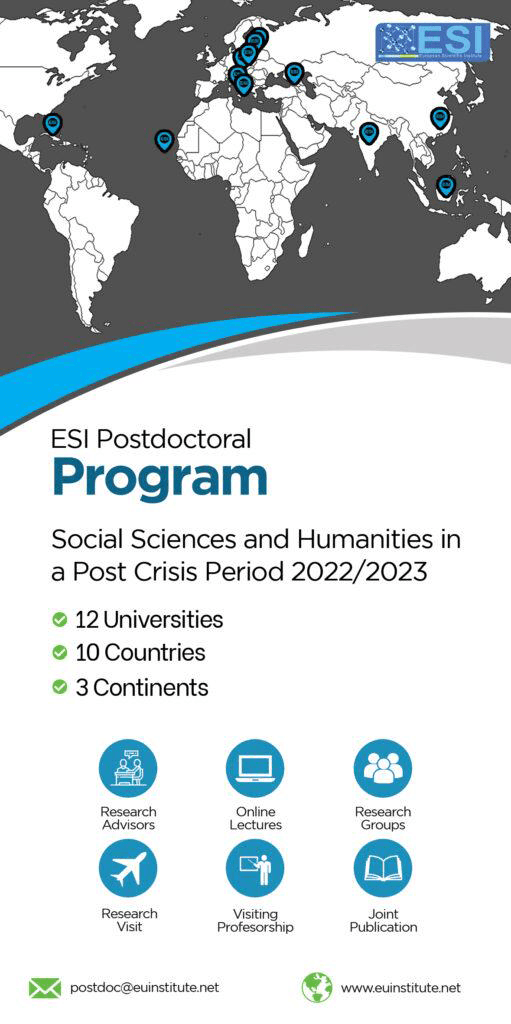MOBILITY AND URBAN AREAS INTERCHANGE
Abstract
Urban transportation today is matching more and more new needs for mobility due to the continuous change of urban functions. Nowadays, the concept of the city transcends the vision of a constructed and circumscribed space to reach the valence of a service system, linked by an infrastructure network which allows the same functionality. In this sense, mobility has suffered substantial modification in adapting to the changing needs of the local populations. Thus, the interpretation of urban mobility must change in satisfying three instances: the routes, means of transport, and mode change. Above all, the mode change needs to be adequately exploited to support new mobility. It is necessary to improve integration between different transfer modality, and to affect the propensity (favored by major guarantees of quality of travel) of the users to the use of public transport. This work is aimed to identify those parameters which are useful in planning an area where two or more transport networks can be employed. Thus, even if they are hierarchically different, they must be connected and their functions and equipment must be concentrated to facilitate the transition from one system of transport to another.Downloads
Download data is not yet available.
Metrics
Metrics Loading ...
Published
2015-11-28
How to Cite
Passaro, A. (2015). MOBILITY AND URBAN AREAS INTERCHANGE. European Scientific Journal, ESJ, 11(32). Retrieved from https://eujournal.org/index.php/esj/article/view/6590
Section
Articles






.jpg)
